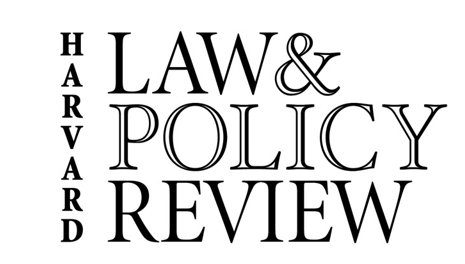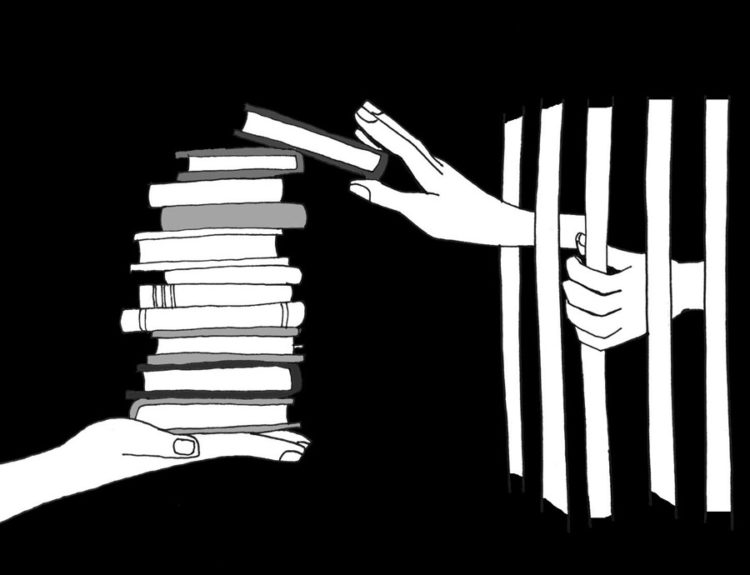Note: This article is cross-posted at the Huffington Post.
By Ryan Cohen*
When he wakes up in the morning, the first thing Marco does is write. To incentivize himself to stay on track with his goals, he pays a friend $25 if he hasn’t written 500 words by noon.
Though he’s working on finishing his first manuscript by the end of the year, Marco always has time to offer words of encouragement to others. One late night when I confessed self-doubt about my own writing, I became the lucky recipient of links to Ira Glass Youtube videos on the creative process and affirmation that my voice matters, and I should keep at it.
Like many, Marco’s college education has allowed him to make a career out of his passion. But his college experience was far from average: Marco went to college in a Michigan correctional facility.
After being convicted for a felony at 15 and sentenced as an adult to 10 years in prison, Marco worked his way through a GED and college courses in prison so he could graduate with a Bachelor’s before his release.
It was that in-prison education that gave Marco the ability to later pursue his Master’s in Creative Writing, secure a competitive fellowship to complete work on his memoir, and launch his career as an author.
Degrees like the one Marco earned in prison are crucial not only to helping people find pathways to meaningful careers, but also to breaking the cycle of poverty in the United States.
And there is no time like the present to talk about the poverty trap in America, and how to break it. Earlier this week, faith leaders marked the fifty-year anniversary of Martin Luther King’s Poor People’s Campaign by holding a press conference on Capitol Hill and announcing that they are reviving the fight. Since King originally launched the campaign in 1968, income inequality and poverty—both poised to be exacerbated by the Republican tax bill—have surged to new heights.
In a world of limited resources, targeting policy interventions toward areas in which they will have the maximum bang for their buck is key. And in terms of increasing social mobility, or making it easier to climb the rungs of the socioeconomic ladder, we should train our lens on the men and women in prison and jail.
That’s because, as low as social mobility is for the general U.S. population, and lower still for those born into poverty, it is lowest for those who have served time in prison or jail. Incarceration is associated with a 62.5% lower likelihood that a man will emerge from the bottom income quintile at all.
Why is that? First, U.S. prisons and jails are populated by those with the least opportunity. Thirty-seven percent of people in state prisons—as opposed to 19% of the general population—lack even a high school diploma.
Second, prison often deepens the cycle of poverty within which those populations are already ensnared. As difficult as it is in today’s economy to find a well-paying job that requires a high school diploma or less, the task is still more difficult with a criminal record. Studies have shown that having a criminal record is associated with 50% fewer callbacks for job opportunities, 40% lower earnings, reduced job tenure and hourly wages, and higher unemployment.
But significant evidence shows that prison college programs improve the opportunity available to this population, their future generations, and society as a whole. For instance, studies show that those who participate in prison education programs are 43% less likely to recidivate than those who do not, and are also more likely to find a job after their release.
Though the primary argument against increased investment in prison education is cost, a 2013 RAND Corporation study debunked that concern: every dollar invested in correctional education saves almost five in re-incarceration costs within three years. Another think tank estimates that if every inmate released from federal and state correctional facilities in 2012 and 2013 had received an education before release, the cost savings would add up to $3.9 billion, even after subtracting the cost of providing Pell Grants to make the schooling affordable. Looking beyond re-incarceration costs—for instance at policing, public health, and education costs within communities with high incarceration rates—overall cost savings are likely even higher.
Given the clear evidence that college prison programs have the power to break cycles of poverty without breaking the bank, the case for increasing investment seems clear. But we have done just the opposite. In 1994, Congress revoked prisoners’ Pell Grant eligibility, and many colleges eliminated their prison programs. By 2005, the number of prison college and degree programs had shrunk from 350 to 12. Though the Obama administration sought to expand access to Pell Grants for some prisoners, Congress introduced a bill to block the effort.
If we are looking for levers to pave pathways out of poverty in an unequal America—as we should—common sense says we need look no further than the education system and labor market. Those with the least access to both are the more than 2.2 million men and women serving time in the criminal justice system.
Through our relationship, I have seen Marco’s ability to enrich not only my life, but society as a whole. Imagine the contributions the other 2.2 million could make if given a fair shot.
*Ryan Cohen is a social impact strategist, lawyer, and policy analyst based in Mexico City, Mexico. She is a former Editor-in-chief of the Harvard Law & Policy Review.

